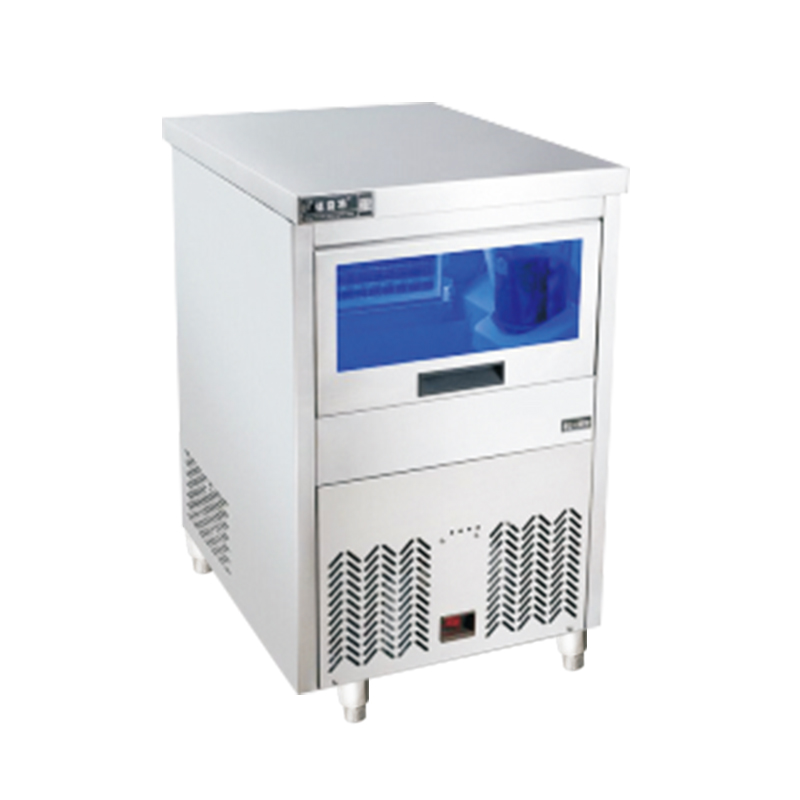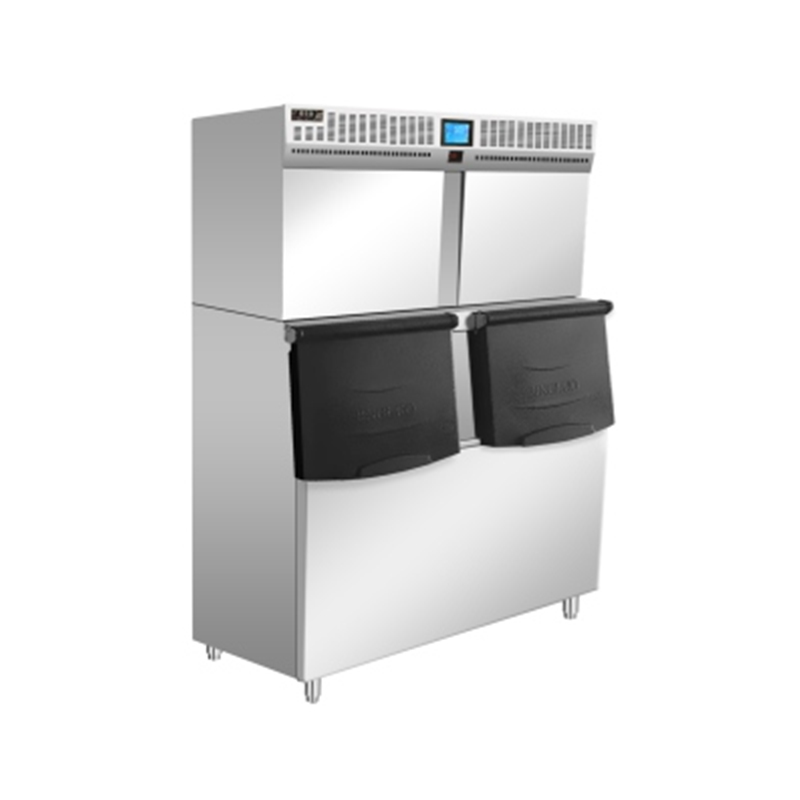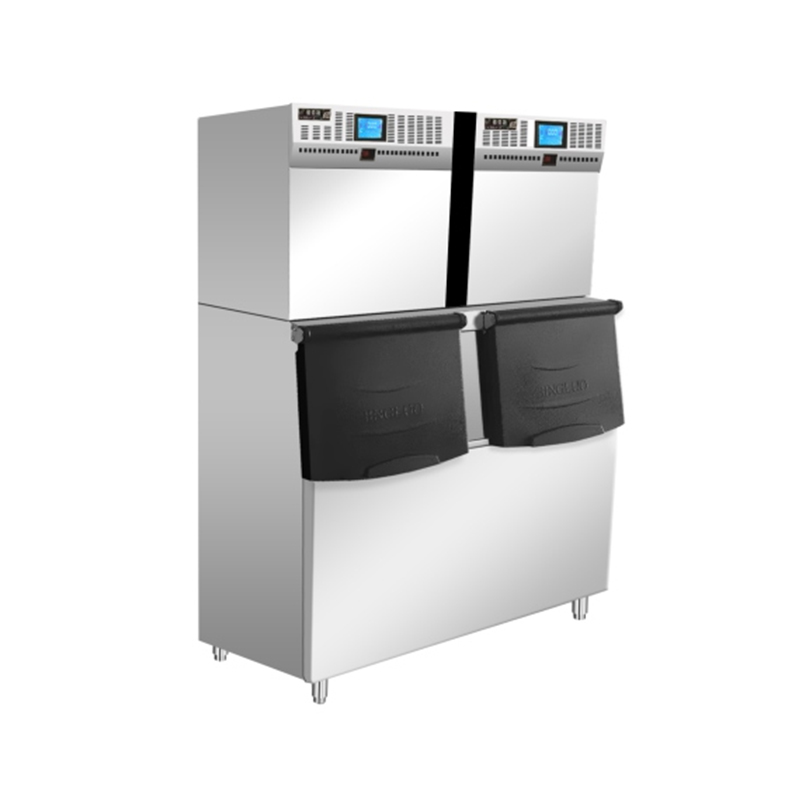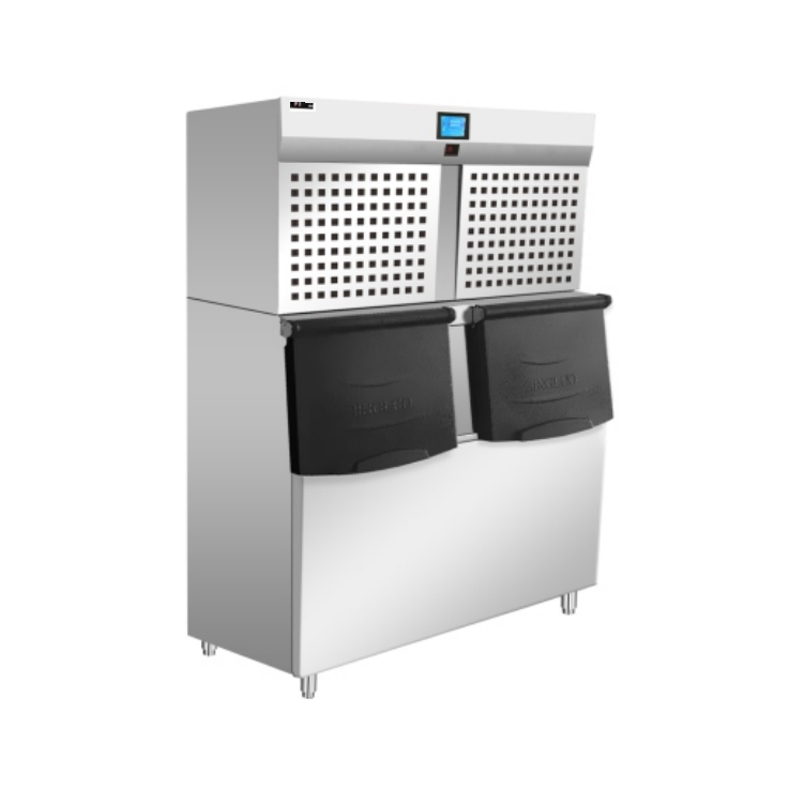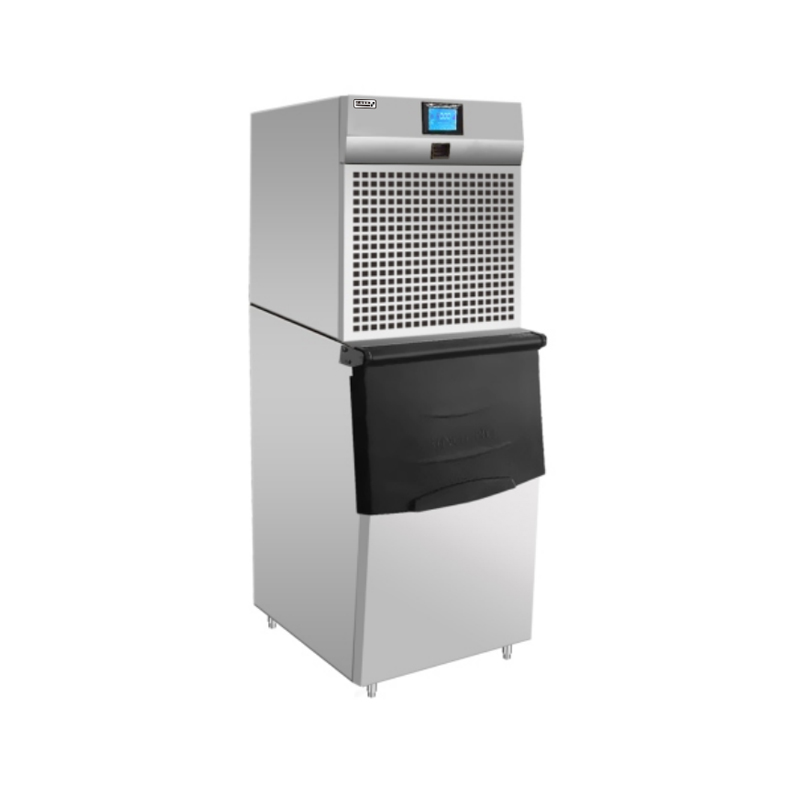2025-06-12
What is the difference between an ice machine and an ice maker?
In commercial and residential environments, ice-producing appliances are essential for food service, healthcare, hospitality, and daily convenience. While the terms ice machine and ice maker are sometimes used interchangeably, they actually refer to different categories of ice-producing equipment. Understanding their differences is key to selecting the right unit for your specific needs.
1. Definition and Scope
Ice Maker
An ice maker typically refers to compact units that are designed for smaller-scale ice production. This term is commonly associated with:
-
Integrated units inside home refrigerators.
-
Portable countertop appliances for home or office use.
-
Undercounter models for light-duty applications.
Ice Machine
An ice machine, on the other hand, is a more industrial or commercial term, used to describe standalone appliances designed for large-scale, continuous production of ice. These machines are standard in:
-
Restaurants and bars
-
Hotels and resorts
-
Hospitals and laboratories
-
Large-scale catering and food processing facilities
2. Design and Construction
Ice Maker Design
-
Compact and lightweight construction.
-
Often includes limited or no built-in storage (especially portable models).
-
May use air-cooled or simple thermoelectric cooling.
-
Basic features, usually without advanced automation.
Ice Machine Design
-
Heavy-duty construction using stainless steel and industrial-grade parts.
-
Includes high-capacity ice storage bins or modular components.
-
Typically uses air-cooled, water-cooled, or remote condenser systems.
-
Designed for continuous, high-volume output with automated operation and maintenance indicators.
3. Ice Production Capacity
| Type | Typical Output | Target Application |
|---|---|---|
| Ice Maker | 20–80 lbs/day | Household, small offices |
| Ice Machine | 100–2,000+ lbs/day | Restaurants, hotels, hospitals |
Ice machines are optimized for environments where ice consumption is high and consistent. Ice makers serve occasional or low-traffic needs.
4. Installation and Maintenance
Ice Maker
-
Plug-and-play for most models.
-
Requires only a standard outlet and minimal space.
-
Maintenance involves simple cleaning of trays or water reservoirs.
Ice Machine
-
Requires professional installation, including plumbing, drainage, and sometimes ventilation.
-
Needs routine maintenance: cleaning, filter replacement, scale prevention, and condenser checks.
-
May include automated cleaning cycles and alert systems for diagnostics.
5. Types of Ice Produced
Both types of units may produce different forms of ice, but commercial machines offer more variety:
-
Ice Maker: Typically cube ice or bullet-shaped ice.
-
Ice Machine: Wide range including flake ice, nugget ice, crescent ice, gourmet ice, and more—depending on the application.
6. Price and Energy Efficiency
-
Ice Makers are generally affordable, with prices ranging from $100 to $800.
-
Ice Machines are a larger investment, often ranging from $1,500 to $10,000, depending on capacity and features.
High-end ice machines often come with Energy Star certifications, built-in filters, and programmable features for energy and water efficiency.
7. Summary: Key Differences
| Feature | Ice Maker | Ice Machine |
|---|---|---|
| Size | Small, compact | Large, commercial-grade |
| Application | Home and light-duty | Commercial, industrial |
| Production | Low volume | High volume |
| Installation | Simple setup | Requires plumbing and drainage |
| Maintenance | Minimal | Routine professional maintenance |
| Cost | Low | High |
| Ice Variety | Limited | Multiple types |
While both ice makers and ice machines serve the purpose of producing ice, they are designed for vastly different contexts. A homeowner or small business may find a countertop or built-in ice maker sufficient. In contrast, a restaurant, hotel, or hospital will require the reliability, output, and features of a professional ice machine.
When selecting between the two, consider:
-
Your daily ice demand,
-
The environment (space, ventilation, water access),
-
Required ice type and hygiene standards,
-
Budget for purchase and long-term operation.

 English
English русский
русский Español
Español عربى
عربى